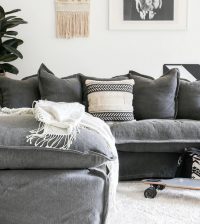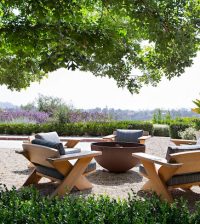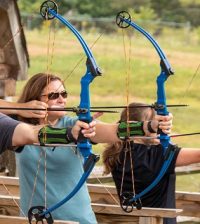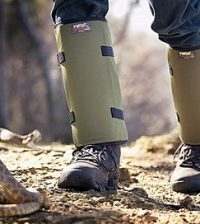Outdoor Area Furniture and Accessories: Pay Attention to Materials and Fabrics When Buying
So, it’s summertime, the time of the year to think of spending more time outdoors. Okay, we Aussies don’t ever stop thinking of spending time outdoors no matter the season, but now that it’s warm enough, it’s good to have the outdoor area talk.
It’s known worldwide we enjoy BBQ, so it’s needless to say, it’s a fact we enjoy entertaining as well which is why our homes’ outdoor areas cover up a great deal of the home makeover projects. Taking into account it’s the area exposed to the weather conditions, it’s essential to pay attention to the materials and fabrics of all of the items chosen, starting from the furniture.
For example, the table set, with the outdoor chairs can require high maintenance and replacement if you don’t make the right choice. Wanting to make the most of this purchase, it’s advisable to do your homework material-wise, getting to know more of the properties.
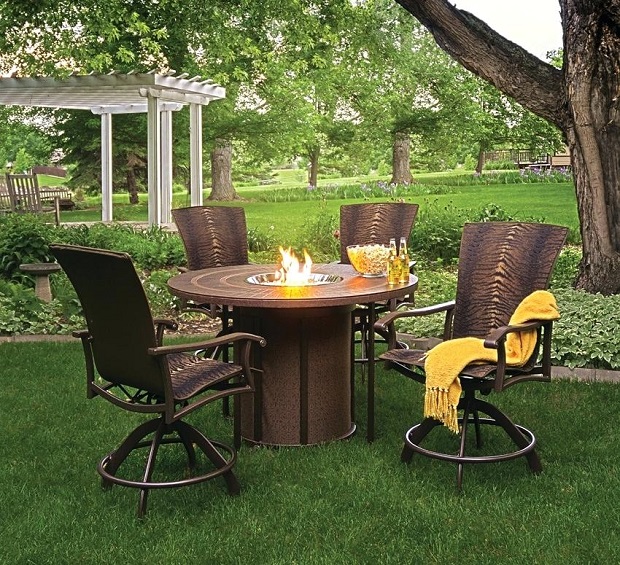
The hardwood that most got the attention is teak, due to the low maintenance, durability, as well as resistance to the harsh Australian weather conditions, i.e. resistance to cold, heat, snow, and rain. Consider this aspect when you decide to buy outdoor chairs and table, and you can count on a good investment.
It’s important not to forget the choice of fabrics is also part of the project. Same as the furniture materials, it has to be adequate for outdoor applications, in order to withstand the weather conditions. Whether it goes for awnings, upholstery, or cushions, it’s necessary to get to know more of the different fabrics there are, so you’d easily make the decision when purchasing.
Some of the fabric options you’d most hear of as associated with the outdoor use are solution-dyed acrylic, spun polyester, and vinyl-polyester composite among others. While all three are known for the ultra-violet ray, and mould growth resistance, not all act the same way during continuous weather exposure. The same goes for the choice of colours – by all means, avoid dark as much as vivid colours in case of area with too much sun since they fade quickly.
Having this in mind, it’s advisable to ask yourself questions like how much of sun exposure is the fabric going to have to endure, and whether the area has a bit of shade throughout the day or not. Of course, this is closely related to the climate of where you live. When you determine this, you’d be certain on which property you should give more of your attention; in this aspect, more sun exposure demands more UV ray resistance.
It all makes for fun DIY project, as long as you don’t skip on acquiring the material and fabrics knowledge.

